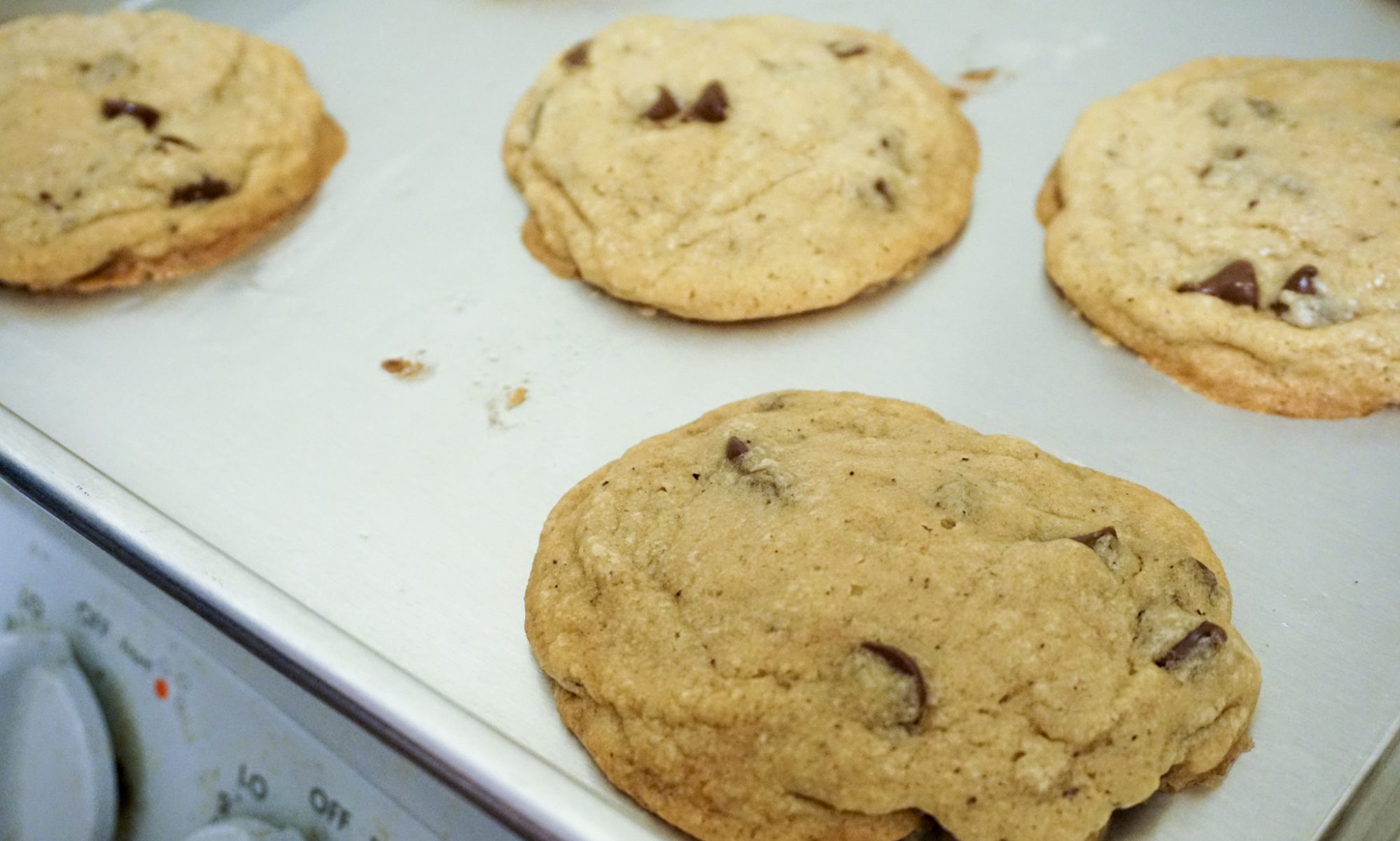Austin Resource Recovery is running a repair clinic tomorrow! Sign up to get help fixing household items, and keep an eye out for future events.
Wisdom tooth removal!
J had the rest of his wisdom teeth and second molars removed yesterday. (Keep your wisdom teeth after removal – apparently they contain stem cells!) They were all impacted ’cause J’s mouth is tiny. J is in much better shape than I had anticipated.
Since J is supposed to eat soft foods (only Soylent and Pedialyte so far), I took the opportunity to make chocolate pudding! I’m probably going to eat it all myself, since J doesn’t like pudding…

Imperfect Produce haul


Anti-spam apps
AT&T offers these apps (smartphone only) to help block fraudulent calls and phishing attempts.
PaperKarma is an app and associated service that help stop junk mail. You take a picture of the address label on junk mail and the app magically unsubscribes you from it. The app is free to download, but the actual service costs $2/month. So, save up your junk mail for a year and unsubscribe from it all at once?
Making olives
Last fall, I made olives from fruit gathered from a neighbor’s tree. As it turns out, this neighbor had been interested in making olives for a while, but never looked into it. He was very excited about the project and readily let me pick his olives.
I hadn’t cured olives before, but I’ve did some research on it (and have a lot of experience with other niche food projects!). As it turns out, it’s pretty easy and makes an item that is relatively expensive to purchase, so definitely worth it.
There are four basic ways to cure olives: in water, in salt brine, in lye brine, and in salt (dry). The lye method is the fastest- it can take less than a day, but lye is rather dangerous, of course. Curing in water is also supposed to be relatively fast (a month), although it seems of questionable veracity to me. Dry-curing takes 1-2 months. This method is also called oil-curing, since these types of olives are often marinated in oil after being cured. The low water content makes them taste richer and oilier. The slowest, but one of the easiest and most common, methods is brining. It takes 6-12 months and produces a “normal” olive.
The salt-based methods rely on lacto-fermentation for flavor and additional preservation. The salt prevents the wrong types of bacteria from growing (which is why it’s important to use enough salt and why I’m dubious about the water-only method!); the fermentation adds flavor and acidity.
All methods can be used on all types and ripeness of olives, but there are combinations that are more common. For example, dry-curing is more common with ripe olives. Brining is more common with green (unripe) or half-green olives. Unripe olives tend to have a stronger taste, since they start off more bitter.
Here’s a review of the process, plus improvements:
- Collect olives by shaking branches towards a tarp. Gather olives from the tarp (e.g. pour into a bucket). Picking by hand is laborious and bumping the tree as you pick causes nearby olives to fall off and be lost.
- Many (~75%) of the olives I collected had been impacted by the olive fruit fly, which lays its eggs in the olive meats. Impacted olives are safe to eat, but may be more acidic and have a shorter shelf life. I didn’t use any of the impacted olives this time, but would in the future since I was left with so few olives!
- I dry-cured the olives, leaving them in a jar of salt for ~3-4 months. Turns out this was too long, as the olives were overly salty and desiccated, so make sure to taste-test periodically. I rehydrated and de-salted by soaking in plain water for a few days, then put the olives in a brine (because they started getting moldy…).
- Dry-curing works best on ripe olives. I cured some green and half-green olives that turned out kinda hard and bitter, so I would avoid those in the future.
I was impressed with how easy the process was and how olive-like the finished product was.
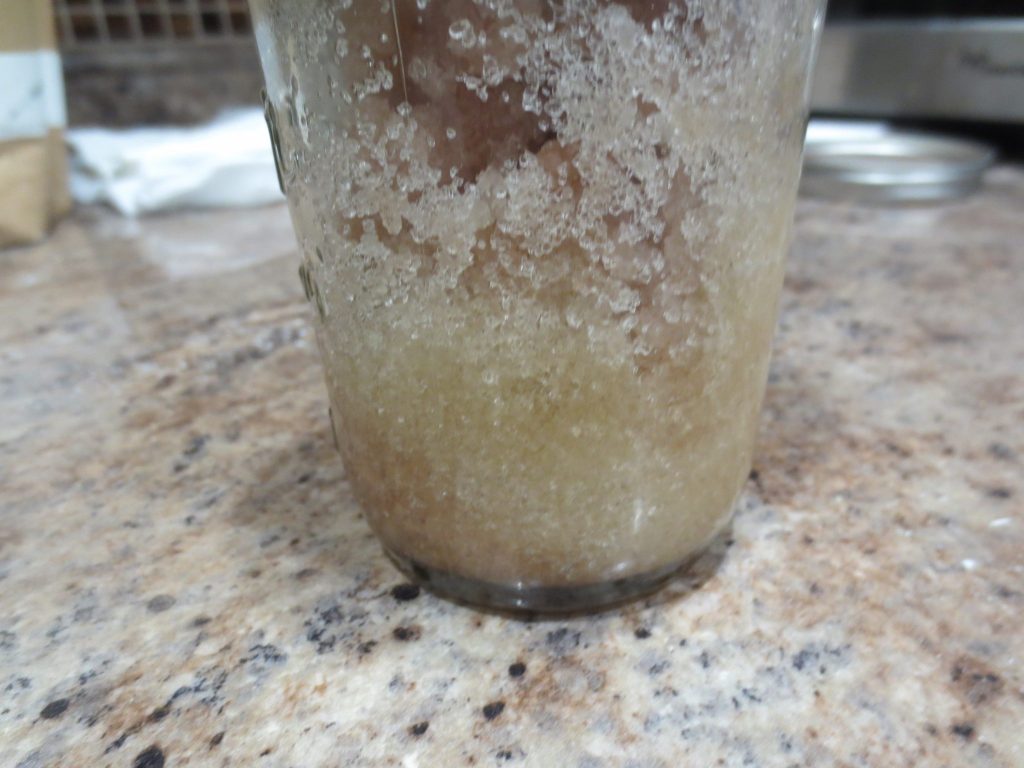
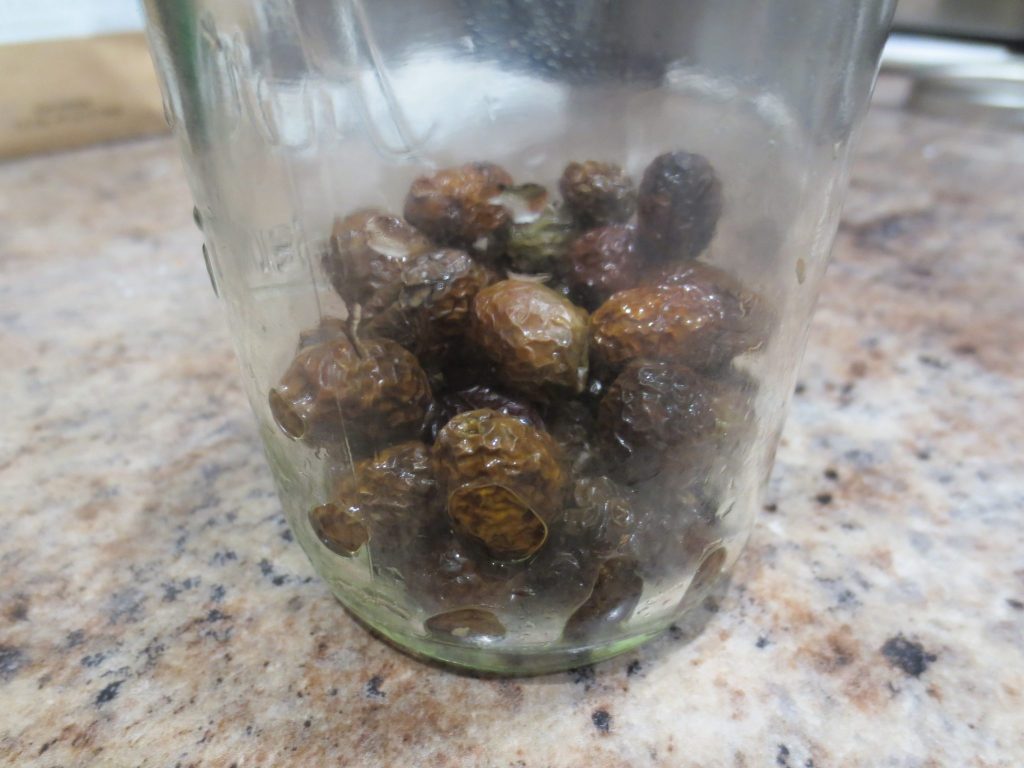
Dumpster diving
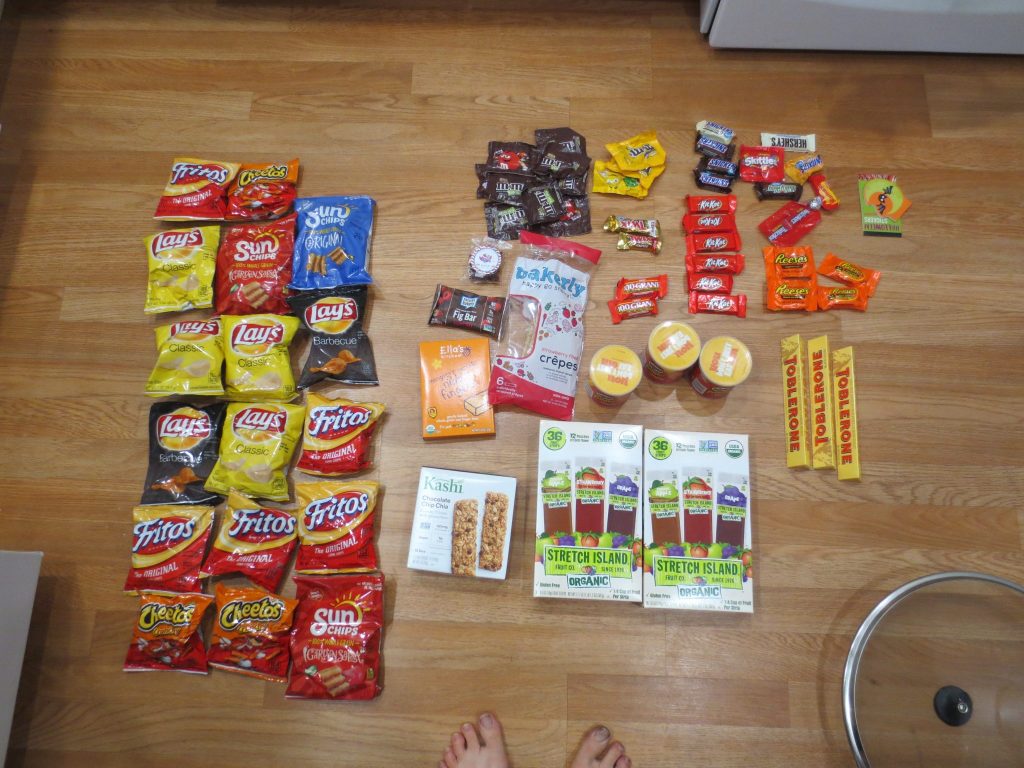

And the newest acquisition:
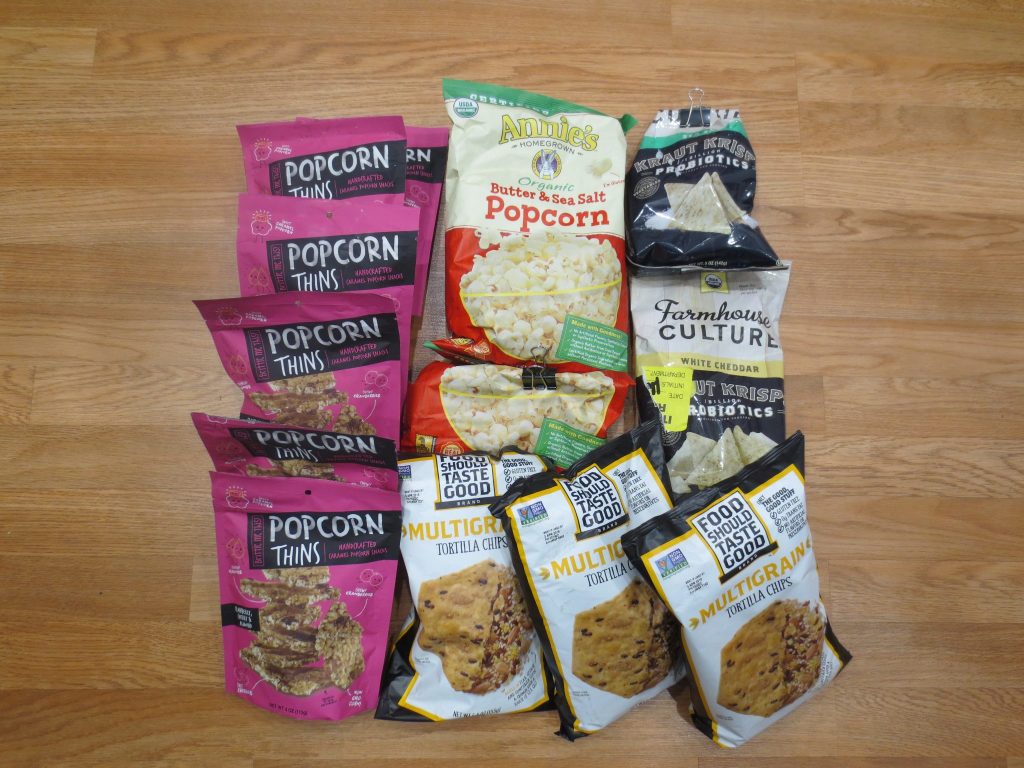
New hat
I lost my hat on the train back from LA a few months ago. 🙁
In my defense, I don’t usually lose things. I was distracted by another train passenger being disruptive. He had had the police called on him for “acting threateningly” towards an Amtrak employee. I was eager to disembark.

The new hat is distinctly less cool, and cost $8, twice as much as the old one. At least it has a wider brim!

Furniture-moving trip
I recently took a trip to LA to pick up desk-bed parts. It was a success!
My original plan was to have a friend drive the furniture up for me, but I couldn’t find a willing driver (and car rentals got complicated). Instead, I used uShip! uShip is an online bid-based marketplace for shipping items (especially large, unpackable, awkwardly-shaped items, like motorcycles and furniture).
When shipping something through uShip, you start by making a “shipment” on the website. You enter details about the items (size, weight, number), where you’re going from/to, and when you need the items by. uShip automatically generates an expected price based on the information, so you have an idea of what you’re going to pay. Once you publicly list the shipment (at least 2 weeks before the intended move, please!), movers start bidding on it. You can accept any bid at any time, at which point you should contact the mover directly to iron out pickup/dropoff details.
Pros:
- uShip provides a money-back guarantee, where you don’t pay the mover until you get your items. uShip holds the money until then. If anything goes wrong with the move, you can contact uShip for help.
- The auction-based format of uShip helps get you a lower price, both because of mover-mover competition and because movers can combine shipments to the same destination.
- I didn’t have to drive anywhere.
- I didn’t have to pack anything (unlike using Fedex, e.g.). The movers provided all of the padding material (nothing disposable!) and loaded all of the items.
- Items can be delivered to someone else, so I didn’t need to be at both ends of the shipment.
Cons
- I paid $320 to the movers ($25 fee to uShip), $130 more than uShip originally predicted (and J accidentally tipped 40% upon delivery…). I do think that it was a good value, considering that I didn’t have to drive and a new bunk bed of questionable quality costs around $900.
- It was scary to use uShip for the first time D:
My experience was excellent, although it heavily depends on which mover you use (reviews are provided on the website). The movers I worked with were very organized and fast! The furniture was delivered the same day as pickup. The movers even helped carry it up to a second floor apartment. I would use uShip again, and would generally recommend it if you are moving a small number of items (i.e. not a whole house of furniture).


By the way, I took Megabus to LA ($37), and BoltBus back ($23). I did not take any overnight buses, due to the last miserable experience. The bus rides were fine by day, since I didn’t need to sleep. They were much cheaper than flights (would’ve been $150 each way), and cheaper and faster than the train (would’ve been $80 each way, since the cheapest tier of ticket was sold out). A friend in the area housed and fed me 🙂
New frontiers in boba!
Someone online said that no Bay Area boba establishment has turned them away for asking to use a non-disposable boba cup. That sounded amazing, so I implored sibling C (visiting) to attempt it for the first time. It was too nerve-wracking for me to try in untested waters.
When asked if it was okay to use a jar (wide-mouth quart jar in this case; pint jars wouldn’t be big enough for a normal serving of milk tea), the cashier not only agreed, but did so immediately without any weird looks! Maybe she just saw us coming and prepared herself, or maybe it’s common here! I will definitely do this at Teaspoon again 😀

I usually use the provided plastic boba straws (or wrapped ones that ended up on the ground that no one else wants), but am thinking of buying or making a reusable one. J and I get boba a couple times a month with friends, so it would make sense.
Birthday beans
Guess what my mom gave me for my birthday (so long ago now I’m sorry)?? Beans!!
They’re from Rancho Gordo, a company that grows and sells heirloom beans and traditional Mexican beans (to help preserve local food traditions!). Even though these are just about the fanciest beans that exist, they only cost ~$6/lb. That’s about as cheap as the worst-quality factory-farmed beef you can buy. Amazing.

I also got scarlet runner beans, which I ate before photographing everything. They are huge!!! The cooked beans are the size of the first segment of my thumb. You have to eat the beans one by one, they’re so big.
